Thien Sanh Vu plays the saranai trumpet to serve tourists visiting My Son - Photo: BD
Not only are restoration projects continuously poured in, heritage warming activities also make the valley bustling with people's footsteps.
Music melody in the sacred land
One afternoon, while passing through the tourist rest stops located in front of the internal entrance to each tower complex, we could not move forward when we heard the sound of the saranai trumpet - one of the typical symbols of Champa music .
Behind the Cham art performance house, Thien Sanh Vu - a 35-year-old Cham man from Ninh Thuan - stood under a tree and played a melody that sounded soulful, sad, and heartbreaking.
Every day at 3:30 pm, according to the regular schedule, there is a performance of Cham folk culture in My Son. Since 2002, this is like a special treat for tourists after hours of journey to worship the ancient tower.
On the small stage, the sound of the paranung drum sounded as if signaling the performance about to appear behind the velvet curtain.
As the drums gradually fade under the hands of the artisans, the saranai trumpets play melodious tunes, bringing pretty girls in Champa costumes onto the stage with ceramic vases on their heads.
Although the performance was quite simple, not as grand as in the big theaters, it was performed right on the holy land, making visitors experience a range of emotions. The sound of the saranai trumpet and the water dance echoed in the valley like a whisper, then dissolved into the silent tower walls of thousands of years.
Deputy Director in charge of the My Son Cultural Heritage Management Board Nguyen Cong Khiet said that due to the erosion of time and natural changes, most of the Champa residents no longer live around the temple tower area and neighboring areas.
Since being included in the UNESCO list of World Cultural Heritage, visitors from everywhere have flocked to visit the heritage space.
My Son is not like other relics, organizing activities to help visitors stay longer and have more experiences in a sacred religious space also causes headaches for many cultural management units.
After much consideration, after a visit to My Son by the head of the Ninh Thuan province's cultural sector, the idea of organizing Champa art programs was suggested. But the biggest problem at that time was how to have a team of artisans, program directors, choreographers... who understand Cham culture to be able to continuously organize events in My Son?
Understanding the situation of Quang Nam, the director of the Department of Culture and Communications of Ninh Thuan at that time agreed to help.
According to Mr. Khiet, with the introduction from Ninh Thuan province, in early 2002 My Son invited a group of Cham artisans from their hometown of Ninh Thuan to Quang Nam to perform.
Most of these people are famous artisans, living in old Cham villages, often practicing traditional rituals of the community.
Mr. Khiet said that as soon as they arrived at My Son, the group of artists were arranged with the most special treatment. Every day, the artists performed at the Duy Xuyen District Cultural Center and My Son Sanctuary to serve tourists, and at night, they were arranged to stay in the public housing located at the entrance to the temple complex.
The appearance of this group of artisans immediately attracted the attention of tourists and soon became a unique specialty in My Son.
Tourists enjoy Cham art performances in My Son
Stay with My Son
We met Thien Sanh Vu - a saranai artist when he was standing and playing Cham melody behind the art performance house. Vu is 35 years old but his body is stronger than his real age.
He said that he and some other brothers and sisters from the same commune and hometown in Ninh Thuan are working together every day to perform Cham art shows for tourists when they come to visit My Son.
This Cham man from Phuoc Huu commune, Ninh Phuoc district, Ninh Thuan province (old) is the next generation in a family that has been preserving the traditional Cham culture for many generations. Vu's uncle, Mr. Truong Ton, is a well-known saranai artist in Ninh Thuan, often invited to perform at major events.
Vu said that because his family had such a long history, Champa culture had permeated his blood since he was a child. He followed his uncle, his father, to learn how to make paranung drums and ginang drums, and to practice the saranai flute.
In his hometown, Vu is often invited to participate in traditional rituals. He also knows how to make many Cham musical instruments, so he is sometimes invited by the cultural sector to teach the profession to the younger generation.
In early 2004, Vu, then a young man, was suddenly approached by an official who invited him to Quang Nam to perform for tourists about Champa culture at the My Son temple complex. Without hesitation, Vu packed his belongings, took his saranai trumpet, and took a bus back to the Central region.
Arriving at My Son, the Ninh Thuan boy was arranged to live with three brothers from the same hometown including A Thap Huu Luu (44 years old, ginang drum artist), Thap A Ri Va Ja Day (31 years old, choreographer and ginang drum artist), and Quang Dac Hoa (54 years old).
The Cham saranai musician said that since coming to My Son, being a Cham son serving the heritage of his ancestors for thousands of years has made him live out all his passion and enthusiasm.
Every day in My Son, there are four art performances, two in the morning and two in the afternoon. They only last a few dozen minutes, but every time he gets on stage and sings traditional Cham melodies to serve tourists, Vu feels his soul is filled with meaning.
"Here, in addition to performing Cham art, I also make musical instruments. Visitors can order and buy them as gifts. There is nothing happier than living with your culture and heart alongside the heritage that our ancestors left behind until today," said Vu.
Cham families in the holy land
Mr. Nguyen Cong Khiet said that the Champa cultural art team is part of the living heritage soul. It not only keeps the space warm but also helps visitors experience and understand more about My Son.
To keep these members attached for a long time, creating the next generations right in My Son, the government has given special priority so that each artisan can get married, build a house and settle down long-term as a citizen of Quang Nam province.
A few years ago, after getting married, the government created favorable conditions for each artisan to sell a plot of land at a preferential price and supported the cost of building a house. Thanks to this great motivation, the artisans boldly got married, brought their wives and children from the countryside to Quang Nam and then immigrated to the new land.
Thien Sanh Vu said that in 2014 he married a woman from the same hometown named Quang Thi Thu Loi. Vu took his wife to My Son and the management board agreed to accept her as a performer of Champa brocade.
Two years after getting married, Vu and his wife were arranged to buy a cheap 200m2 plot of land in My Son village. By 2017, Vu and his wife saved up and built a house worth 350 million VND, and are now citizens of Da Nang City.
Not only Vu, all the Cham artisans who went to My Son with Vu were also arranged accommodation, jobs, and created conditions to buy land to stabilize their lives. Mr. Thap Huu Luu and his wife, brocade weaver Ngu Thi Thuong Uyen, now have a stable house near My Son, have a stable job in the temple area and have two children.
Like Vu, Luu's children will be the next generation of Cham people to succeed their father on this sacred land.
**************
Located in the middle of a valley surrounded by mountains and forests, My Son is not only a heritage tourist destination but also attracts a large number of people from all over the world to come here on pilgrimage every year. The issue of conservation in balance with the nature of the spiritual and religious area is given special importance.
Source: https://tuoitre.vn/nua-the-ky-dung-lai-hinh-hai-my-son-ky-5-tieng-ken-saranai-o-thanh-dia-ngan-nam-20250813103740583.htm


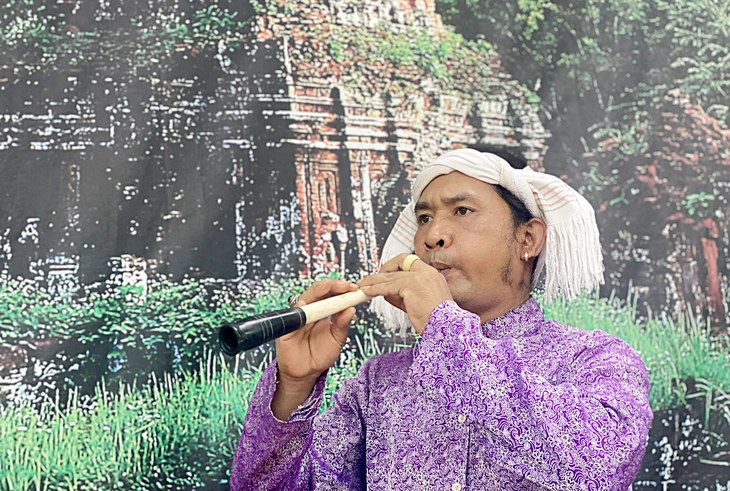
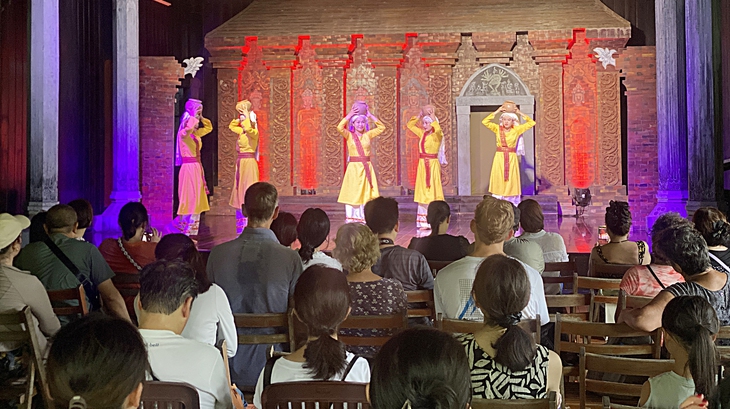



![[Photo] Bustling Mid-Autumn Festival at the Museum of Ethnology](https://vphoto.vietnam.vn/thumb/1200x675/vietnam/resource/IMAGE/2025/10/4/da8d5927734d4ca58e3eced14bc435a3)
![[Photo] Solemn opening of the 8th Congress of the Central Public Security Party Committee, term 2025-2030](https://vphoto.vietnam.vn/thumb/1200x675/vietnam/resource/IMAGE/2025/10/4/f3b00fb779f44979809441a4dac5c7df)
![[Photo] General Secretary To Lam attends the 8th Congress of the Central Public Security Party Committee](https://vphoto.vietnam.vn/thumb/1200x675/vietnam/resource/IMAGE/2025/10/4/79fadf490f674dc483794f2d955f6045)


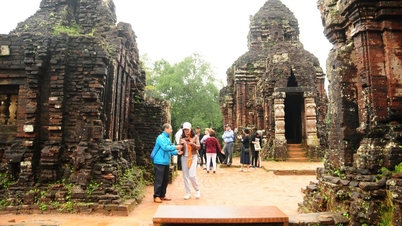





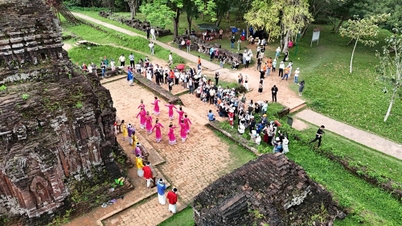






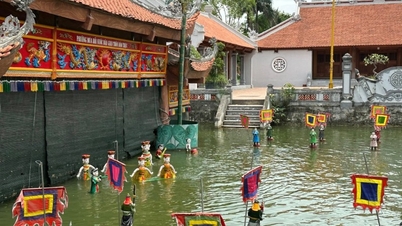









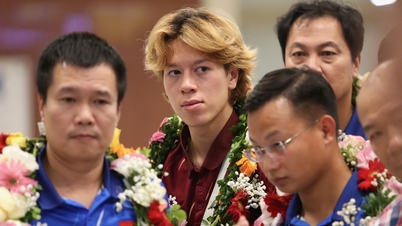

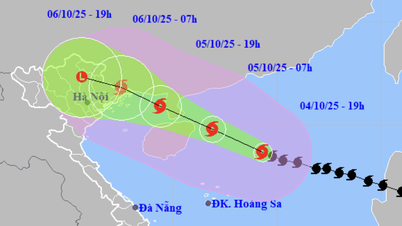
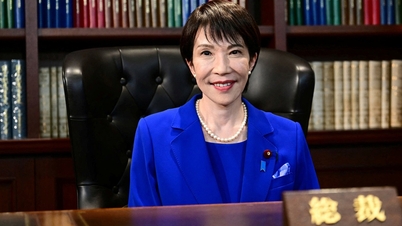
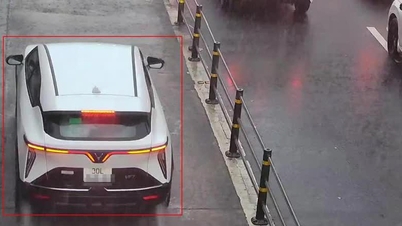

















![[VIDEO] Summary of Petrovietnam's 50th Anniversary Ceremony](https://vphoto.vietnam.vn/thumb/402x226/vietnam/resource/IMAGE/2025/10/4/abe133bdb8114793a16d4fe3e5bd0f12)

![[VIDEO] GENERAL SECRETARY TO LAM AWARDS PETROVIETNAM 8 GOLDEN WORDS: "PIONEER - EXCELLENT - SUSTAINABLE - GLOBAL"](https://vphoto.vietnam.vn/thumb/402x226/vietnam/resource/IMAGE/2025/7/23/c2fdb48863e846cfa9fb8e6ea9cf44e7)















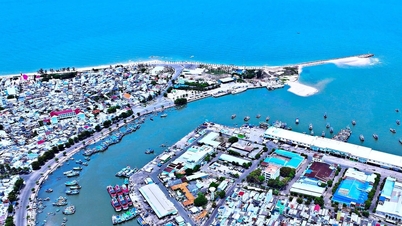

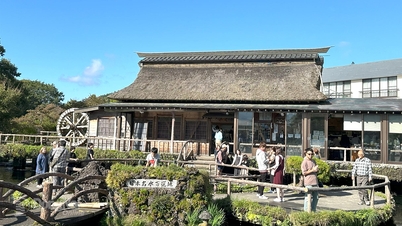

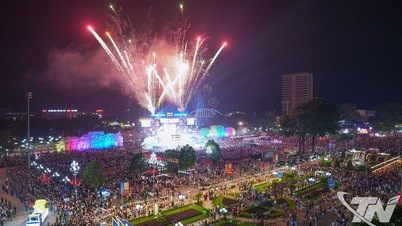

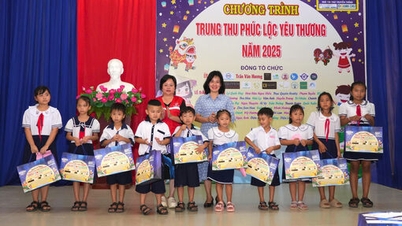

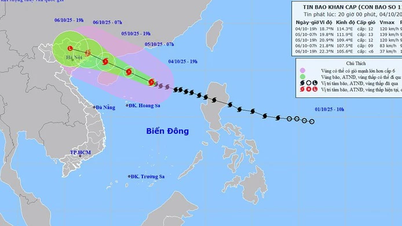

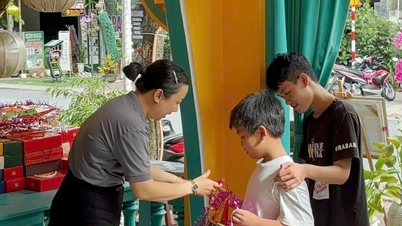








Comment (0)